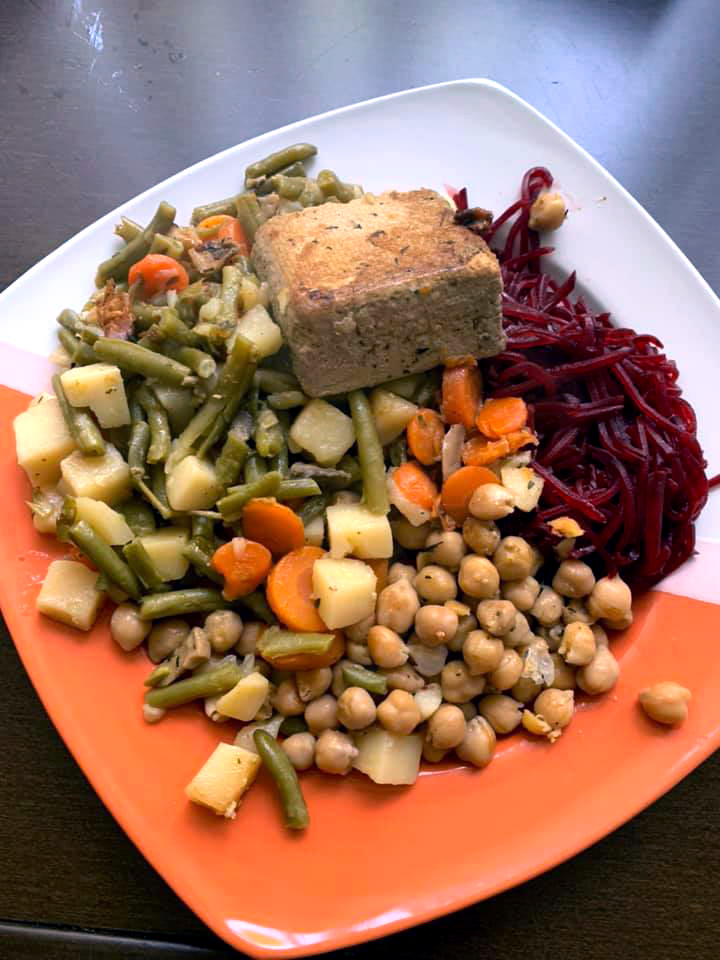Can’t stop eating after training?
You may have noticed that you can’t stop eating after training. You train, you eat and an hour later you are already looking for food. So you reach for a banana that satisfies your hunger for a while, but then it comes back half an hour later.
This phenomenon is typical and nothing unusual among athletes. You can observe this especially after a long and / or strenuous training when you expend a lot of energy.
The exact reasons why this happens is not known. Hunger is a complicated matter, which is influenced by several factors, from your fitness status, through the training itself, stress levels, sleep, and last but not least, how much and what food you ate over the several days. The solution to this problem depends on its cause.
The moderate-load condition induced lower subjective hunger ratings than the strength condition immediately after exercise (19.7 ± 16.6 vs 47.3 ± 27.7 mm), 30 min after exercise (33.6 ± 22.9 vs 58.5 ± 29.9 mm), and 60 min after exercise (43.8 ± 26.6 vs 67.8 ± 27.9 mm)
What can you do to suppress hunger and get the most out of your training?
Think about how you respond to exercise and consider the factors I outlined above. For example, my hunger is greatly suppressed after a long endurance training or a short but intense HIIT sessions (which doesn’t burn that many calories anyway) but there are people who have the opposite response.
During long endurance workouts, lasting more than 75 minutes, I recommend taking energy in the form of simple carbohydrates (gels, banana, dates, rice). Even if you are not hungry after a long endurance training session, it is wise to refuel soon after exercise to start recovery and possibly prevent huge hunger spike in the evening or a day later.
If you have such a workout in the morning, do not skip meals before the workout completely. Have at least a banana, or a handful of nuts, or yogurt with fruit, rice with milk.

“I like the food, but I get hungry two to three hours later.”
The food you see in the picture could be described as healthy. It was sent to me by a friend who is switching to vegan diet. It contains complex carbohydrates (chickpeas, vegetables), as well as proteins from various sources (tofu + chickpeas) as well as some starches (potatoes), a little bit fat (tofu) and is rich in fiber.
Well, three hours later she wrote to me that she was hungry. Due to the fact that she is an active woman, a personal trainer, this portion was not enough for her. This is a common phenomenon in active vegans who try to eat “healthy”. When switching to a vegan diet, they usually switch to a diet that is voluminous and may feel full at a given moment, but it is insufficient in terms of calories.
There are three solutions:
- Increase the portion or adjust proportions of macro-nutrients
- Replace low calorie foods with those with a higher caloric density (more calories by volume) – I suggested adding fats in the form of peanuts, olive oil, or whole coconut milk.
- Eat more often
